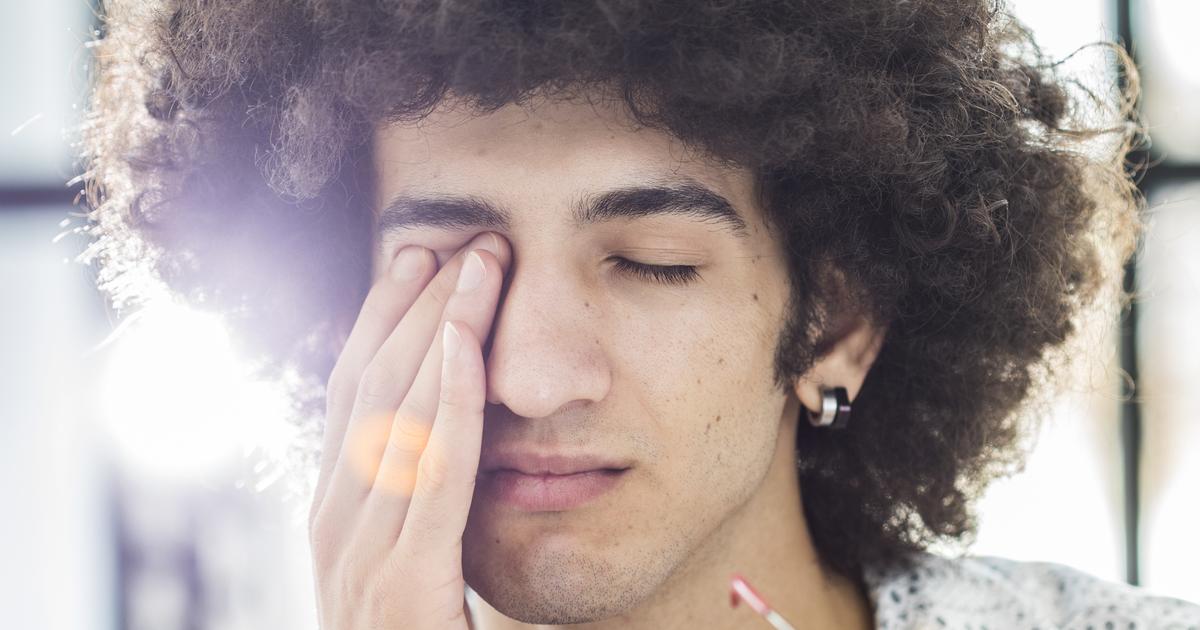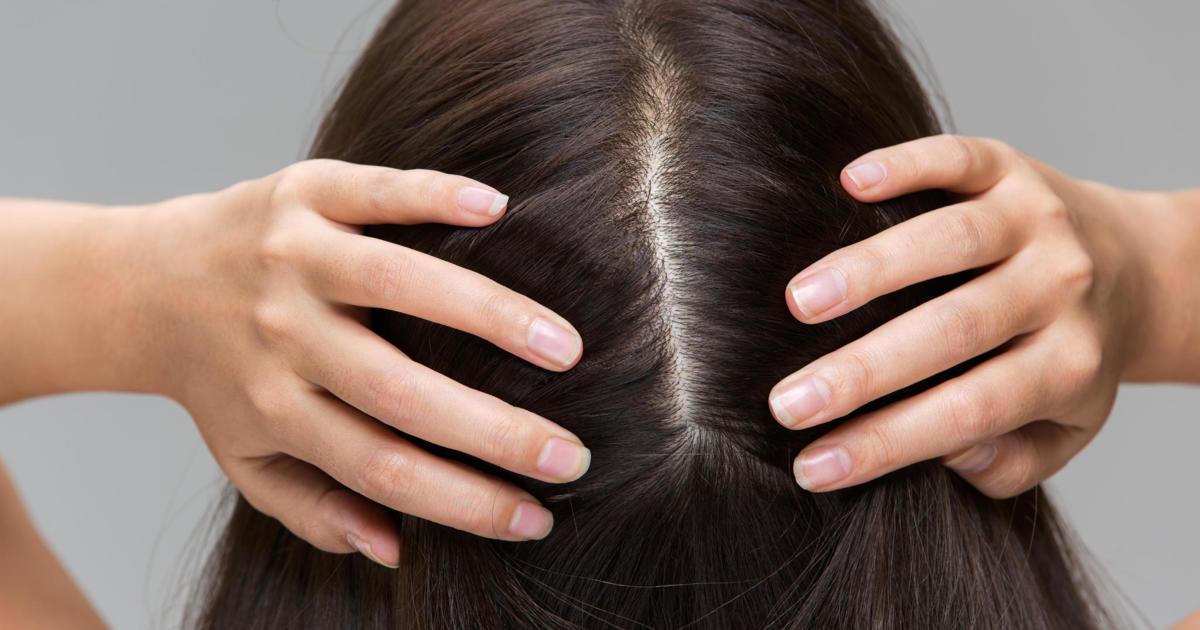Key Warning Signs Of Occipital Neuralgia
Pain Behind The Eyes

The pain associated with occipital neuralgia typically starts in the base of the skull. Over time, though, it can spread and radiate to more of the head. Some patients have experienced pain behind the eyes. When only one of the two occipital nerves is affected, they may experience pain behind the eye on the affected nerve's side. The eye pain might present as throbbing, aching, or a more sharp sensation. Migraine headaches can also often cause pain behind the eyes, which is another thing that makes differentiating between occipital neuralgia and migraines difficult. Another thing that may cause pain behind the eye is a sinus infection. This pressure leads to aching and throbbing, though it tends to be less severe than the pain experienced with a migraine.
Uncover another warning sign of occipital neuralgia now.
Tender Scalp

Occipital neuralgia can often cause a tender scalp. Patients experiencing the condition may have pain easily triggered by sensations that are usually painless. Touching the scalp may cause tenderness or aching, even gentle movements like a partner running their fingers through their hair. Hair brushing or combing might increase pain levels, especially if an individual's hair tangles easily and causes tugging against their scalp. Patients might also experience pain with day-to-day grooming routines like shampooing and conditioning their hair, ridding their hair of dandruff, and styling their hair. It may help to get a gentle detangling brush to use until the condition heals. Affected individuals might also want to use low-maintenance hairstyles that don't require a lot of pulling, teasing, or upkeep.
Discover more occipital neuralgia symptoms now.
